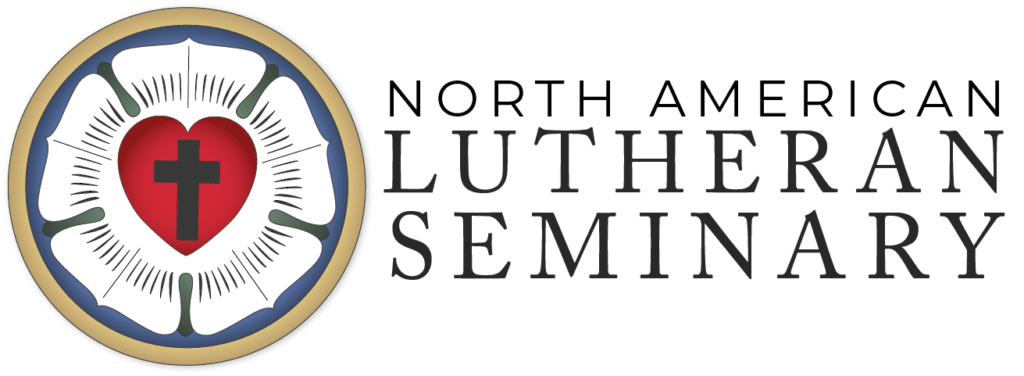From the Editor
The North American Lutheran Church has recently been examining the theme of theological anthropology. For example, during Lutheran Week this past August, the topic of the Braaten-Benne Lectures as well as the deliberations of the Lutheran Theologians for the Church was focused upon what it means to confess that we are created in the image of God. Since the goal of Word & Sacrament and the NALS is to serve the NALC, we propose this issue as an extension of these conversations that is intended to build upon this shared ecclesial pursuit of faith seeking understanding by examining what it means that we have been “created in God’s image.”
The Word of God for us in Genesis 1:27–28 has always played a central role in shaping how Christians understand themselves and how they stand in relation to God their Creator. Christians have always recognized that being created in God’s image means that all human persons have an inherent dignity and worth because they reflect God’s own nature and character. The image of God, then, is a crucial reference point, and relates to a wide range of theological questions.
But precisely what about being human makes us divine image-bearers? What distinguishes us from God’s other creatures? Is it our freedom? Our rational nature? Our God-given dominion over creation? Answering this line of questioning has been the source of much debate over the centuries.
The early Church Fathers mostly emphasized our rational nature and freedom. This is still probably the most commonly held view, but it raises questions about issues related to anthropology such as intellectual disabilities and artificial intelligence. Moreover, is there any significance in the fact that God created humans, male and female, in His image? Still further, how do we relate human image-bearers to Christ, “the image of the invisible God, the firstborn of all creation” (Colossians 1:15)?
In addition to these questions, the present issue considers aspects of the imago Dei such as our capacity for relationship with God; our ability to know, love, and worship God; our moral and spiritual likeness to God as seen in our ability to discern between good and evil and to imitate God’s perfect righteousness, love, and mercy; and our designated responsibility to exercise dominion as stewards of God’s good creation.
Considering the image of God also elicits questions for 21st-century Christians and the 21st-century Church. How do we acknowledge the intrinsic value and dignity of all human persons? What does it look like for Christians to promote the kind of justice about which the prophet Amos speaks? What is the relation between pursuing life as image-bearing humans and seeking likeness to God? How do we live faithfully in this world while seeking life with God in the next? What should human relationships and communities look like in the Church and between the Church and the world? How should Christians and the Church be “little Christs” to their local communities? How can the Church pursue stewardship of the gift of God’s creation, promoting sustainability and yet not forgetting that this world was made for us? The present issue will engage some of these questions while leaving others for your future reflection.
The irreducibly theological concept of the image of God affirms human dignity, shapes ethical decision-making, and calls for responsible stewardship of God’s creatures and creation. At a time when we are told many stories about the sources or locations of our identities, reflecting together on the image of God brings with it an opportunity to listen afresh to God’s Word concerning who we are, for what and for whom we have been made, and how we ought to live together in this world as itself the gift of God’s mercy and grace for us.
I thank you for your partnership in the ministry of the Gospel and pray that God blesses you and yours this Advent season.
Yours in Christ,

Dr. Alexander H. Pierce
Assistant Professor of Historical Theology
Word & Sacrament Magazine


